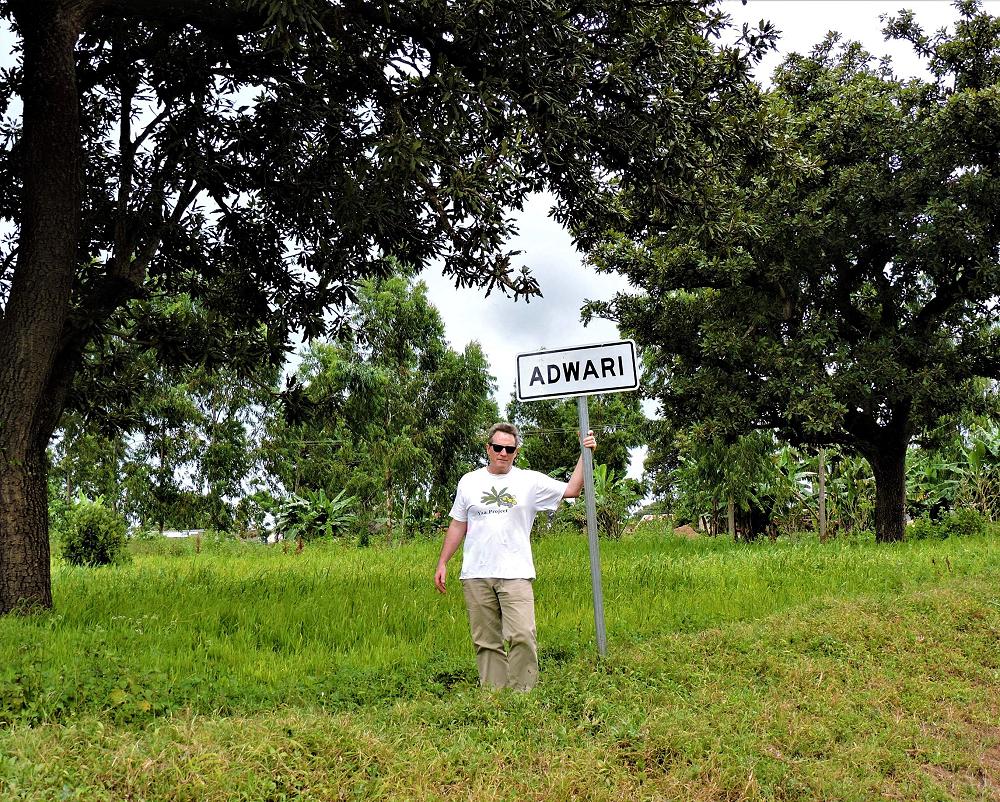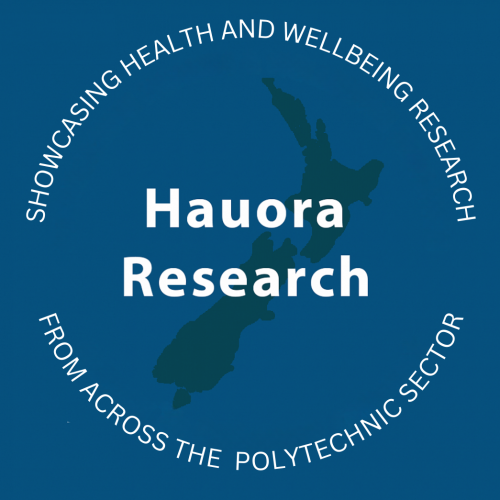
Exploring traditional knowledge and usage of medicinal plants in northern Uganda
Eliot Masters – Nelson Marlborough Institute of Technology, Te Pūkenga: After many years living and working in northern Uganda, plant biodiversity and sustainable management expert Eliot Masters is developing a comparative inventory of medicinal plants used in the region.
Since 2015, Masters has been at Nelson Marlborough Institute of Technology (NMIT), Te Pūkenga, where he works as a Senior Academic Staff Member. He lived in northern Uganda from 1990 to 2002, where he founded the non-government organisation (NGO) COVOL Uganda, and the Shea Project – a conservation and development initiative focused on the shea butter tree, Vitellaria paradoxa subspecies nilotica.
“The data on which my medicinal plants paper is based was collected 22 years ago during a worsening civil conflict,” he says. “Soon after, the war resulted in the mass displacement of rural communities, and disruption of the intergenerational transmission of traditional knowledge - so the work is something of a time capsule.”
He rediscovered this data when he visited his former northern Uganda project area and office in 2019, and he has been analysing it ever since, with the support of a series of NMIT research grants.
“After getting to know local communities through several years of community meetings and home visits, I assembled an applied research team that interviewed holders of traditional knowledge among smallholder farming communities around the turn of the century,” he says. “Our work with these communities extended over several years, resulting in a series of focus-group discussions on plant use followed by individual interviews. Respondents also provided a set of herbarium samples, which were preserved and transferred to the Makerere University Herbarium for identification.”
A total of 111 respondents provided 194 herbarium specimens of plants used as medicine. Medicinal use reports described 263 different applications for the treatment of 62 maladies or conditions.
The root was the most commonly used plant part, followed by the leaf. The root featured in more than half of the medicinal use reports, and usually involved a dilution or decoction of macerated root paste taken orally.
None of the plant species of relevance to Masters’ work in Uganda occurs here in New Zealand, though he says a small number of species are common to the Cook Islands. However, he says the research methodology he employed – building and sustaining relationships with indigenous communities over time, based on mutual respect, reciprocity and open exchange – bears a striking resemblance to Māori principle of manaakitanga.
“The context of my work in a deeply multicultural Africa is very different than that of Aotearoa New Zealand, culturally, botanically, ecologically and historically for a start,” he says. “While demand for natural products and alternative plant-based treatments is clearly growing in this country – alongside pharmaceutical treatments which are both subsidised and generally available – the stakes are somewhat higher in sub-Saharan Africa, where conventional medicine is much less accessible, affordable and available to the majority of the population.”
Masters says more than 32,000 people in sub-Saharan Africa die from snake bites every year, while a further 100,000 are maimed for life.
“With the closest hospital two hours’ drive away, and the cost of transport and healthcare prohibitive if available at all, the only solution for rural people is to use plant-based medicine – it’s often the only chance they have got for treatment.”
Masters says Uganda is somewhat ahead of the global curve in its recognition of the conservation value of sustainable use of biodiversity by rural communities. However, he notes that the concept of sustainable use of plant biodiversity, including medicinal plants, is conspicuously absent from the current Te Mana o Te Taiao - Aotearoa New Zealand Biodiversity Strategy 2020.
“To me, there seems to be a missing component in the current policy environment around integration of rongoā Māori into the national Biodiversity Strategy.”
He says his study reinforces the value of plant biodiversity on farm based on its importance to local communities, and underlines the need for long-term conservation measures that protect the biodiversity rights of those communities.
Following his medicinal plant study, with a Performance-Based Research Fund (PBRF) grant from the (now defunct) NMIT Research Trust, Masters is currently researching novel plant food proteins. These include the seeds of the pantropical herb Hyptis spicigera, or bushmint, from Uganda, and the venerable West African tree Parkia biglobosa, the African locust bean tree or dawadawa, from Mali.
“While Parkia is a well-known source of the umami flavour common in West African diets, in northern Uganda, Hyptis seed is a delicacy usually reserved for honoured guests because you have to work so hard to prepare it as food,” he says. “Although commonly classified as a weed, it has occupied a special place in African food systems for centuries, and our analysis indicates that its protein quality is impeccable – so I find it a fascinating plant to study.”
Eliot Masters is a specialist in cultivated and natural tropical plant products derived from traditional agroforestry systems. In 1988, Eliot founded COVOL Uganda, a non-governmental organisation focused on landrace crops and tree products of northern Uganda. Through the northern Uganda Food Security Project and the Shea Project for Local Conservation and Development (The Shea Project), he assembled a team to document traditional plant use and landscape management practices in an area soon to be swept by civil conflict and displacement. Eliot subsequently developed Africa regional initiatives on the shea butter tree for the UN Food and Agriculture Organisation (2004-2007), and convened a series of regional events on the natural products of the traditional parkland agroforestry systems of western and central, eastern, northern and southern Africa for the World Agroforestry Centre (2008-2010).
After decades of professional independence, Eliot left the African continent in 2011 to serve as Senior Scientist at Abt Associates, a consultancy based in the Washington DC area, and again relocated in 2014 to Nelson. Eliot is a Senior Academic Staff Member at the Nelson Marlborough Institute of Technology (NMIT), Te Pūkenga, where he teaches sustainability, research methods, supply chain and operations management and economics in the postgraduate and undergraduate applied business programmes. Contact Eliot Masters
Visit Nelson Marlborough Institute of Technology, Te Pūkenga
